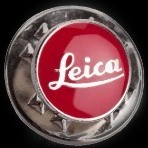Not 100% convinced the MM gives better B&W images than say a M240/Nikon
-
Recently Browsing 0 members
- No registered users viewing this page.
-
Similar Content
-
- 84 replies
- 6,765 views
-
Which system is better for normal and tele M lenses for critical focus? Nikon ZF, Sony E-mount or Leica SL. 1 2
By autograph,
- 24 replies
- 5,439 views
-
- 5 replies
- 476 views
-
- 14 replies
- 2,398 views
-
- 26 replies
- 5,656 views
-



.thumb.jpg.a8c0eceb5c93f775e75e8b4465e4cf9c.jpg)

Recommended Posts
Join the conversation
You can post now and register later. If you have an account, sign in now to post with your account.
Note: Your post will require moderator approval before it will be visible.